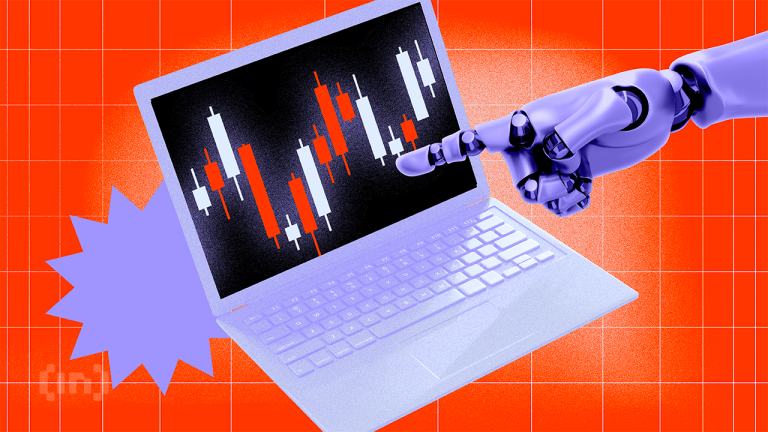
The Federal Reserve’s Big Move: What It Means for Crypto
The U.S. Federal Reserve has announced its plan to restart quantitative easing (QE) on December 1, 2025. While this decision is aimed at ensuring market stability, it comes with significant implications, especially for digital assets like Bitcoin and Ethereum. As the Fed shifts its focus from inflation control to boosting liquidity, the crypto market could witness dramatic short-term gains, but long-term risks remain substantial.
Why the Fed’s Liquidity Push Matters
The recent announcement by Federal Reserve Chairman Jerome Powell marks the end of the central bank’s quantitative tightening (QT) program. This transition to QE means injecting fresh capital into the market, lowering financing costs, and reigniting speculative investments.
Historically, injections of liquidity have triggered surges in high-risk asset classes, and cryptocurrency is often at the forefront of such movements. Bitcoin, Ethereum, and altcoins are poised to benefit as investors rush to capitalize on the influx of capital.
The Bull Run Potential for Crypto
As monetary conditions ease, major cryptocurrencies like Bitcoin and Ethereum could experience rallies reminiscent of 2020. Speculative assets, including meme coins and other altcoins, might follow suit as a “risk-on” narrative dominates. The familiar mantra of “money printer goes brrr” could inspire renewed confidence among crypto enthusiasts, with digital assets once again seen as inflation hedges and proxies for market optimism.
If you’re investing in cryptocurrency or considering entering the market, tools like the Ledger Nano X, a premium hardware wallet for safe crypto storage, can ensure you manage your investments securely.
Bubble Warning: Are We Overheating?
Not everyone is optimistic. Analysts, including hedge fund legend Ray Dalio, caution against the risks of inflating a speculative bubble. The current economic landscape—marked by elevated inflation, fiscal deficits, and record-high asset prices—creates fertile ground for bubble-like conditions. Dalio warns that injecting liquidity into an already overheated market is not the same as doing so during a market collapse, increasing the likelihood of unsustainable valuations.
When inflation inevitably reappears and the Fed is forced to reverse course, the fallout could be severe. Rapid sell-offs in equities, bonds, and crypto are real possibilities, leaving leveraged investors particularly exposed.
How to Navigate the Market Volatility
For crypto enthusiasts, now is the time for measured decisions and sound portfolio management. Diversification and risk assessment are critical as the market reenters a high-volatility phase fueled by QE. While short-term gains may be attractive, keeping an eye on fundamentals and being prepared for shifts in Fed policy is essential.
Looking to stay updated on the latest crypto trends? Subscribe to reliable newsletters or market analysis platforms to make informed investment decisions.
The Takeaway
The Federal Reserve’s decision to restart quantitative easing signals a critical turning point for the financial markets, including cryptocurrency. While the promise of liquidity-fueled market gains is hard to ignore, investors must tread cautiously in the face of heightened risks and the potential for bubble-like conditions. As always, thorough research and secure investment practices are key to navigating uncertain times.



